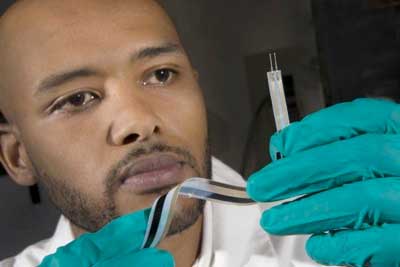 Using carbon nanotubes, researchers have developed a class of breakthrough motion sensors that could herald a near future of ubiquitous, fully integrated and affordable wearable technology.
Using carbon nanotubes, researchers have developed a class of breakthrough motion sensors that could herald a near future of ubiquitous, fully integrated and affordable wearable technology.
Nov 16th, 2017
Read more
 A good air filter can prevent health-endangering nanoparticle emissions from entering the indoor air of buildings.
A good air filter can prevent health-endangering nanoparticle emissions from entering the indoor air of buildings.
Nov 16th, 2017
Read more
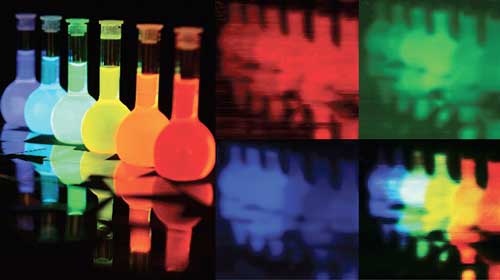 Researchers have now developed a sensor prototype that absorbs light almost optimally - and is also cheap to produce.
Researchers have now developed a sensor prototype that absorbs light almost optimally - and is also cheap to produce.
Nov 16th, 2017
Read more
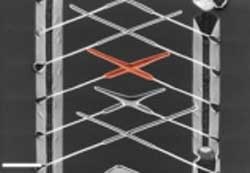 Nano-'hashtags' could be the key to generating the highly sought Majorana quasiparticle.
Nano-'hashtags' could be the key to generating the highly sought Majorana quasiparticle.
Nov 16th, 2017
Read more
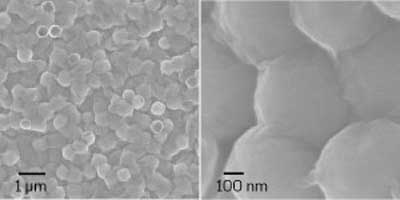 Sealed sulfur particles show promise for renewable energy storage technology.
Sealed sulfur particles show promise for renewable energy storage technology.
Nov 16th, 2017
Read more
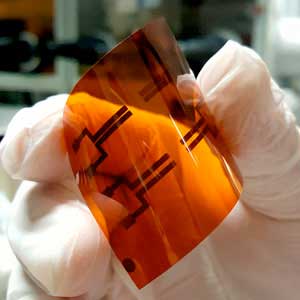 A simple technique for mass producing ultrathin, high-quality molybdenum trioxide nanosheets could lead to next-generation electronic and optoelectronic devices.
A simple technique for mass producing ultrathin, high-quality molybdenum trioxide nanosheets could lead to next-generation electronic and optoelectronic devices.
Nov 16th, 2017
Read more
 Scientists have studied ceria nanoparticles with the help of probe molecules and a complex ultrahigh vacuum-infrared measurement system and obtained partly surprising new insights into their surface structure and chemical activity.
Scientists have studied ceria nanoparticles with the help of probe molecules and a complex ultrahigh vacuum-infrared measurement system and obtained partly surprising new insights into their surface structure and chemical activity.
Nov 16th, 2017
Read more
 The new Kevlar-based hydrogel recreates the magic of cartilage by combining a network of tough nanofibers from Kevlar with a material commonly used in hydrogel cartilage replacements, called polyvinyl alcohol.
The new Kevlar-based hydrogel recreates the magic of cartilage by combining a network of tough nanofibers from Kevlar with a material commonly used in hydrogel cartilage replacements, called polyvinyl alcohol.
Nov 15th, 2017
Read more
 Researchers have created a nanoscale magnetic circuit capable of moving information along the three dimensions of space. This breakthrough could lead to an important increase in storage and processing capacities of electronic devices over those used today.
Researchers have created a nanoscale magnetic circuit capable of moving information along the three dimensions of space. This breakthrough could lead to an important increase in storage and processing capacities of electronic devices over those used today.
Nov 15th, 2017
Read more
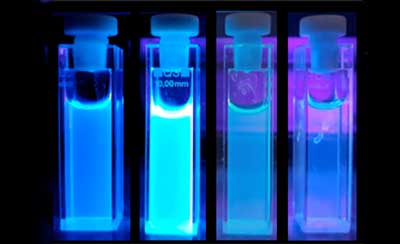 Physicists demonstrate in a new study that the optical and photocatalytic properties of so-called carbon dots can be precisely tuned by controlling the positions of nitrogen atoms introduced into their structure.
Physicists demonstrate in a new study that the optical and photocatalytic properties of so-called carbon dots can be precisely tuned by controlling the positions of nitrogen atoms introduced into their structure.
Nov 15th, 2017
Read more
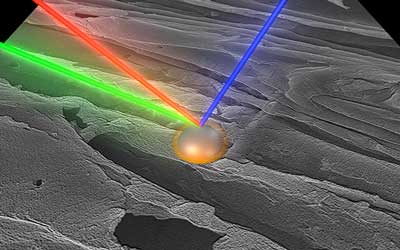 Molecular-level understanding of cellulose structure reveals why it resists degradation and could lead to cost-effective biofuels.
Molecular-level understanding of cellulose structure reveals why it resists degradation and could lead to cost-effective biofuels.
Nov 15th, 2017
Read more
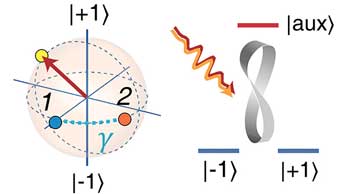 Defect spins in diamond were controlled with a simpler, geometric method, leading to faster computing.
Defect spins in diamond were controlled with a simpler, geometric method, leading to faster computing.
Nov 15th, 2017
Read more
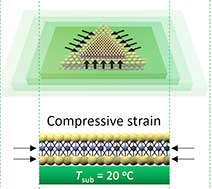 Scientists use heat and mismatched surfaces to stretch films that can potentially improve device efficiencies.
Scientists use heat and mismatched surfaces to stretch films that can potentially improve device efficiencies.
Nov 15th, 2017
Read more
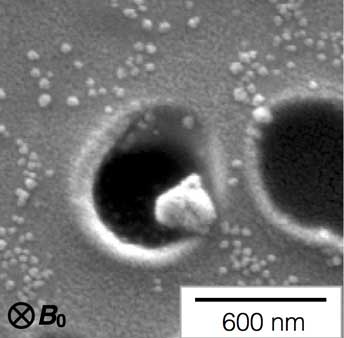 Researchers have developed an approach for exosome isolation, wherein millions of nanofluidic exosome sorting components are incorporated onto a single chip and work in parallel to isolate exosomes from clinical samples.
Researchers have developed an approach for exosome isolation, wherein millions of nanofluidic exosome sorting components are incorporated onto a single chip and work in parallel to isolate exosomes from clinical samples.
Nov 15th, 2017
Read more
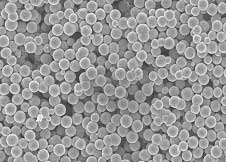 Glowing cells heat up to eliminate tumor.
Glowing cells heat up to eliminate tumor.
Nov 15th, 2017
Read more
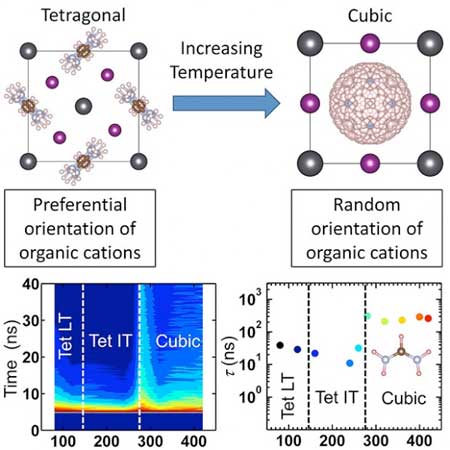 Readily rotating molecules let electrons last, resulting in higher solar cell efficiency.
Readily rotating molecules let electrons last, resulting in higher solar cell efficiency.
Nov 14th, 2017
Read more
 Using carbon nanotubes, researchers have developed a class of breakthrough motion sensors that could herald a near future of ubiquitous, fully integrated and affordable wearable technology.
Using carbon nanotubes, researchers have developed a class of breakthrough motion sensors that could herald a near future of ubiquitous, fully integrated and affordable wearable technology.















 Subscribe to our Nanotechnology News feed
Subscribe to our Nanotechnology News feed